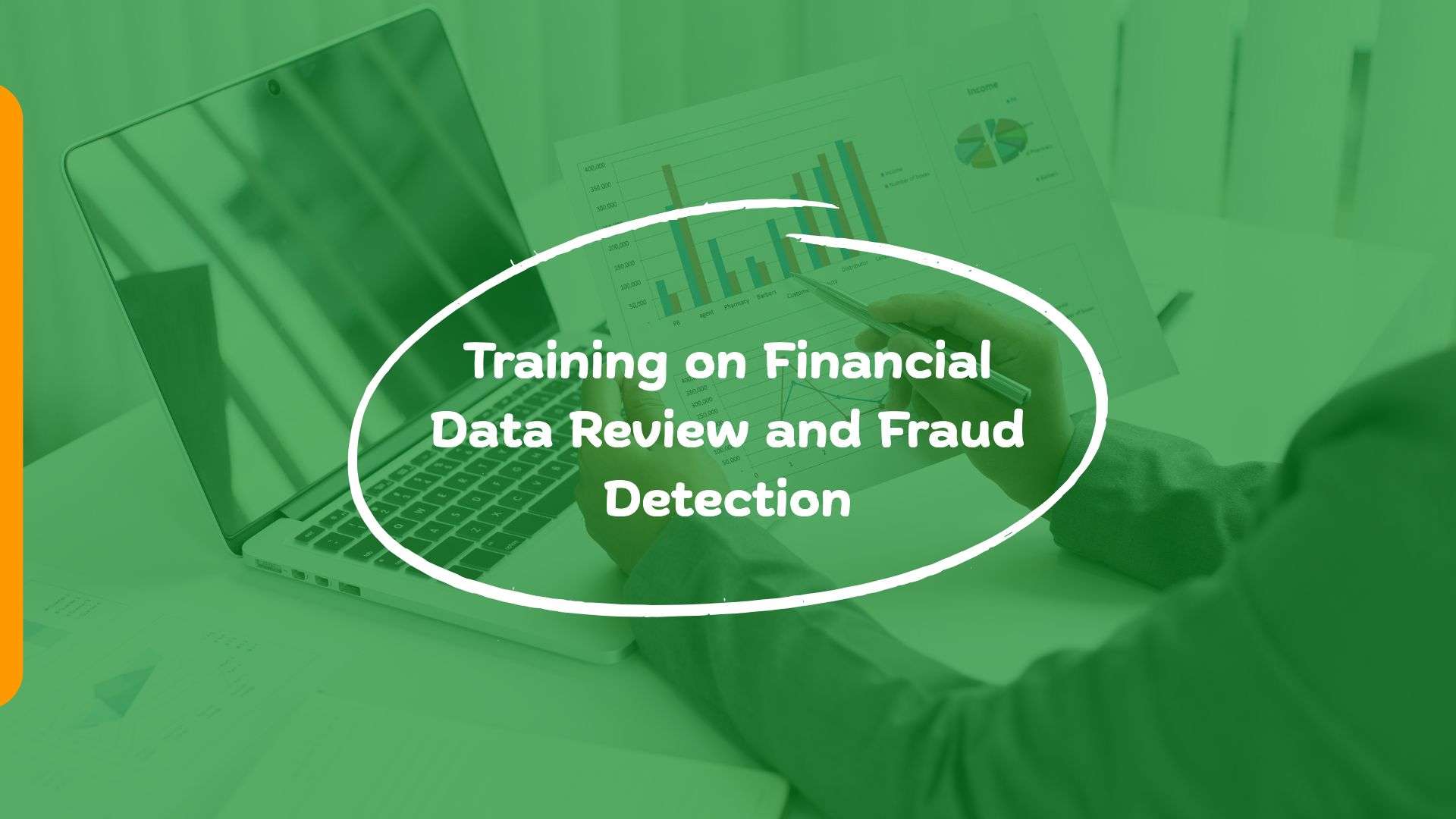
Training on Financial Data Review and Fraud Detection
Financial data review and fraud detection are paramount in maintaining the integrity and stability of financial systems. As custodians of financial information, supervised institutions bear the responsibility of ensuring that the data they receive is accurate, transparent, and reflective of true financial health. However, in an increasingly complex and interconnected financial landscape, the risk of fraudulent activities looms large, threatening the trust and stability upon which financial institutions are built.
Financial data review encompasses the meticulous examination of financial statements, reports, and records to ascertain their correctness and authenticity while fraud detection, on the other hand, involves the proactive identification and mitigation of fraudulent schemes and activities. The intersection of financial data review and fraud detection is where institutions fortify their defenses against financial misconduct and malpractice. By adopting a proactive approach to reviewing financial data and implementing robust fraud detection mechanisms, institutions can mitigate risks, safeguard assets, and uphold trust and confidence in the financial system.
Training on Financial Data Review and Fraud Detection will focus on ensuring correctness and true representation of financial information while also emphasizing techniques for detecting fraudulent activities within financial statements. Additionally, participants will receive a brief introduction to Anti-Money Laundering (AML) procedures as they relate to financial statements.
Target Participants
Training on Financial Data Review and Fraud Detection is suitable for professionals involved in reviewing financial data from supervised institutions, including auditors, financial analysts, compliance officers, and risk management professionals.
What You Will Learn
By the end of this course the participants will be able to:
- Understand the importance of reviewing financial data for correctness and true representation.
- Identify common types of financial fraud and techniques for detecting them.
- Develop skills in analyzing financial statements to uncover irregularities and inconsistencies.
- Gain insight into the role of AML procedures in mitigating financial fraud risks.
- Apply learned concepts and techniques through practical exercises and case studies.
Course Duration
Classroom Based – 5 Days
Online – 7 Days
Introduction to Financial Data Review
- Importance of financial data review in supervised institutions
- Overview of the review process and its objectives
- Key stakeholders involved in financial data review
Understanding Financial Statements
- Overview of financial statements (Income Statement, Balance Sheet, Cash Flow Statement)
- Principles of financial statement preparation and presentation
- Common areas prone to errors or manipulation in financial statements
Techniques for Detecting Financial Fraud
- Introduction to financial fraud types (e.g., revenue recognition fraud, expense manipulation, asset misappropriation)
- Red flags and warning signs of financial fraud
- Analytical procedures for detecting anomalies and irregularities in financial data
Fraudulent Activity Detection in Financial Statements
- Vertical financial statement analysis, Horizontal financial statement analysis and Comparative ratio analysis
- Case studies and examples of fraudulent activities within financial statements
- Techniques for identifying inconsistencies and discrepancies
- Best practices for conducting thorough financial statement reviews
Anti-Money Laundering (AML) Procedures
- Overview of AML regulations and compliance requirements
- How AML procedures intersect with financial data review
- Identifying potential money laundering activities within financial statements
- Analyzing real-world financial data to detect fraud and ensure compliance with AML regulations
The Intersection of AML and Financial Statement Review
- Relationship between AML procedures and financial statement review
- Common money laundering risks within financial statements
- How fraudulent activities in financial statements can facilitate money laundering
Enhanced Due Diligence in Financial Statement Review
- Role of enhanced due diligence in AML procedures
- Implementing KYC (Know Your Customer) protocols in financial statement review
- Techniques for verifying the identities of customers and assessing the legitimacy of financial activities
Transaction Monitoring in Financial Statement Review
- Understanding transaction monitoring and its significance in AML compliance
- Techniques for monitoring financial transactions for unusual patterns or anomalies
- Leveraging technology and data analytics for effective transaction monitoring
Reporting and Compliance Requirements
- Obligations for reporting suspicious transactions under AML regulations
- Timely reporting procedures and communication channels
- Internal controls and compliance frameworks to ensure adherence to regulatory requirements
- Applying AML measures to mitigate money laundering risks in financial statement review
- Strategies for enhancing collaboration between AML compliance teams and financial statement reviewers

